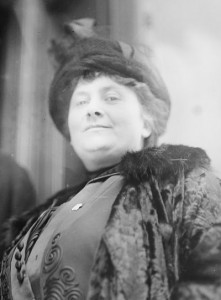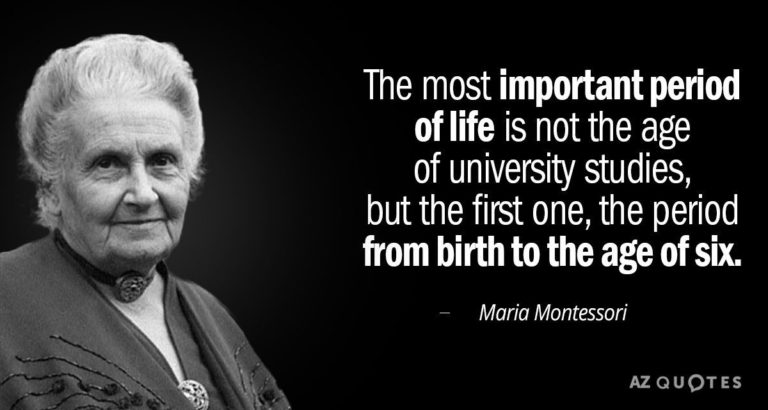Why Montessori?
Dr. Maria Montessori (1870-1952) was born in Italy; she founded the Montessori Method of education in 1907.
Her ideas and theories revolutionised education and were recognized worldwide.
Montessori was the first woman to graduate from the University of Rome La Sapienza Medical School, becoming one of the first female doctors in Italy.
Maria Montessori felt that children should be sensitively guided, rather than controlled, through activities.
It is important to observe individual children and plan the activities around their interests and continue to develop their existing skills.

Montessori schools encourage children of different ages to work together as a social group and do not normally split children by sex or age. Montessori realised that it was natural and very easy for the younger children to learn by watching and listening to the older children, and actively support and help each other.
Children are natural learners, Little Elms Montessori Nursery see that the overall happiness, self-confidence and self-discipline is improved when they were allowed to follow their natural development. Children only stop loving learning when they are forced to go against their natural impulses. We therefore believe that each child is an individual and should be encouraged to work at the pace that is right for him or her. There are no grades or tests, children are never in competition with each other, therefore do not have any added pressures.
The Montessori Method allows the child to learn in total free play using specially designed materials and equipment through the medium of a carefully prepared environment. Materials through which, the children can develop their skills for independence and academic knowledge.
For example, the material known as the pink tower is made up of ten pink cubes of varying sizes. The preschool-aged child constructs a tower with the largest cube on the bottom and the smallest on top. This material isolates the concept of size. The cubes are all the same colour and texture; the only difference is their size. Other materials isolate different concepts: colour tablets for colour, geometry materials for form, and so on.

